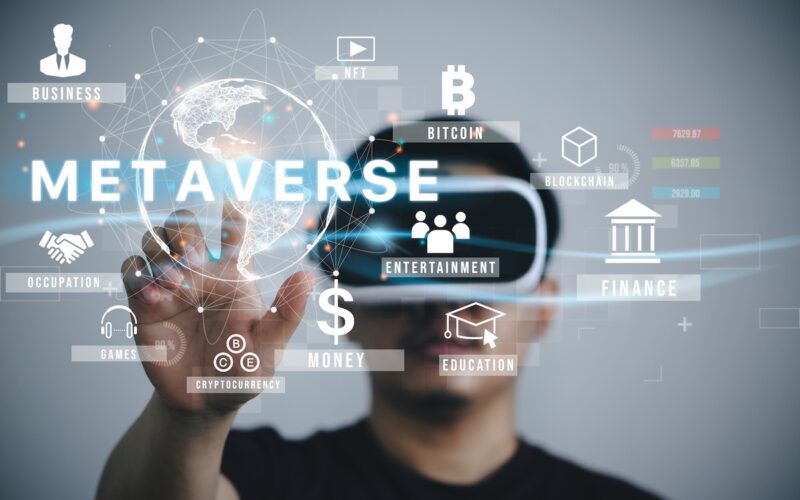Have you ever imagined stepping into a virtual world where anything is possible? A place where you can create, explore and connect with people from all over the world without leaving your home. That’s what Metaverse promises to be – a fully immersive digital universe that blurs the line between reality and fiction. But how did we get here? In this blog post, we’ll take you on a journey through the evolution of Metaverse – from its humble beginnings to its current state as one of the most exciting technological advancements in recent years. Get ready to discover everything you need to know about this groundbreaking concept!
A Complete Guide on Evolution of Metaverse
Science fiction books like Neal Stephenson’s 1992 novel Snow Crash, which included a virtual environment that humans could enter through a computer, are where the idea of the metaverse first emerged. The idea did not start to manifest in the actual world, however, until the early 2000s, with the emergence of virtual worlds like Second Life.
When Second Life was first introduced in 2003, it immediately gained popularity as a platform for users to design their own virtual worlds and engage in real-time social interaction. The platform offered a virtual economy where users could exchange virtual money for virtual goods and services.
The years that followed saw the emergence of additional virtual worlds, each with its own unique features and user base, including World of Warcraft, Minecraft, and Fortnite. These virtual worlds, however, have little in common with one another and no common virtual space to connect them.
Thanks in part to advancements in virtual reality technology, interest in the metaverse has recently grown again. Oculus Rift and HTC Vive virtual reality headsets have made it possible to create more immersive virtual experiences, and businesses like Facebook are aggressively investing in the establishment of their own metaverse platforms.
The term “metaverse” became well-known in 2021 as a result of a research by venture capital firm Andreessen Horowitz. He claimed that, like the internet and mobile phones before it, the metaverse would be the next important internet platform.
The research described a number of potential use cases for the metaverse, including virtual events, offices, and stores. Additionally, it highlighted the metaverse’s potential as a hub for economic, social, and political activity.
In 2023, the metaverse is still in its infancy, with numerous businesses and programmers creating their own platforms and standards. The metaverse, however, has the potential to drastically alter how we work, play, and communicate online.
Technological Components of the Metaverse
Although several crucial elements are needed for the operation of the Metaverse, its technological components are currently being developed. To support the high amounts of contact and transactions that will take place within the Metaverse, a solid and secure infrastructure will be needed at first. In order for users to construct their own digital representations of themselves, avatar creation and administration tools will be needed. And last, in order to deliver the experiences and material that users can interact with in the Metaverse, a number of applications and platforms will be needed.
The Challenges and Limits of the Metaverse
The Metaverse faces challenges with scalability. Managing and maintaining all of this information is harder as more users sign up and more data is produced. Some think the answer is to move away from a centralised server paradigm and towards a distributed one. However this brings up other problems, such how to maintain synchronisation across various servers.
The security and privacy of the Metaverse are other issues. Since everything is accessible online, hackers can quickly access private data or even pretend to be other users. Several high-profile instances of avatar theft and identity fraud have occurred in recent years. To solve these problems, several platforms are now adding better security measures, like two-factor authentication.
This was A Complete guide on evolution of Metaverse.

